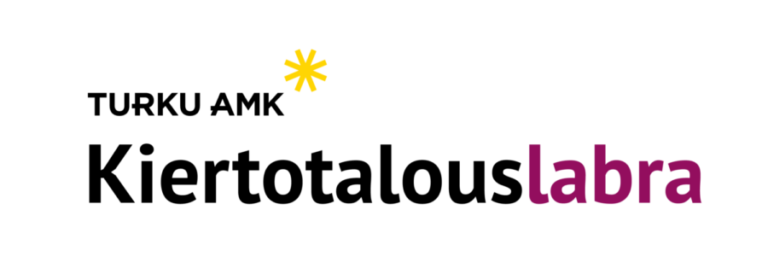How to communicate with immigrants?

I am from Russia and have been living in Finland for two years. Now I am a student of Business Academy of Turku University of Applied Sciences. I am graduating from a new program of Turku UAS “Immigrants in Business Academy” in June 2019.
In January 2019 I started my internship in MESH-project. I liked the idea of the project “Networks and mentoring for supporting immigrants’ employment”, because it is related to my life situation. I am highly educated immigrant in Finland and I know, that it’s quite difficult to find a place in Finnish labor market. I think, that the project is very important not only for immigrants, but for the Finnish economy and society in whole.
One of our tasks was to prepare questions for interviewing our classmates from Business Academy, to interview them and to analyze the results. The purpose of the interview was to understand, what kind of job seeking experiences our classmates have in the Finnish labor market. Then we had to clarify what they know and think about how mentoring could answer to their needs. One of our purposes was to find out about their readiness to participate in a mentoring project as well as their thoughts on the mentor-mentee collaboration. We interviewed the most part of our group. The results of the interview showed that most of them applied for the job connected to their education and experience, but only one respondent reported that he has been in his professional field in Finland. The topic of mentoring was very interesting for them and many of them would like to participate in such a project.
Mapping and prioritizing project stakeholders
During my internship, I wrote a thesis based on MESH-project’s activity. The topic was “MESH-project stakeholder communication”. While working on the thesis I got support from MESH-project team and project manager. I got a suggestion to hold Stakeholder mapping workshop, which then became a basis of my thesis practice part. Stakeholder mapping workshop consisted of 4 steps: identifying, analyzing, mapping and prioritizing of stakeholders. A list of 18 stakeholders was a result of workshop’s first step, which was done as a brainstorming session.
Analyses of stakeholders was done with help of five criteria: contribution, legitimacy, willingness to engage, influence and necessity of involvement gave us understanding about power, interesting and value of each stakeholder. We used this information in the next step, which was based on a power-interest matrix.
There are two dimensions in the matrix, which show the level of power and interest of stakeholders. Each stakeholder was situated on the matrix as a circle. The size of the circle showed the value of a stakeholder for the project. The matrix is a visual exercise, which helps to understand better which of the stakeholders are most useful for the project to engage with, depending on their power of influence to the project implementation, their interest to participate in the project activity and their value for the project.
There were 4 groups of stakeholders:
- first group – low power and low interest level
- second group – low power and high interest level
- third group – high power and low interest level
- fourth group – high power and high interest level.
The last step of Stakeholder mapping was prioritizing them. Prioritizing helps to understand the importance of the stakeholders – which of them require more attention in stakeholder management. As a result, we had a list of 10 stakeholders, which are most important in the MESH-project implementation.
The other part of workshop was defining stakeholder communication channels, which was done based on power-interesting matrix. The group of stakeholders with high power and interest level requires more intensive communication than the others. It can be meetings, skype communication, letters and social media blogs.
How to communicate with immigrants?
In my thesis I was interested in describing the specific forms of communication with immigrants using my own experience. This stakeholder group is particularly important for the MESH-project, because the point of project is to help to their better employment and the project implementation is impossible without their participation in it. At the same time there are some difficulties in their involvement to the MESH-project.
In my opinion, the main obstacle of engaging immigrants in the project is their low level of Finnish language. I remember, that often information of good possibilities is lost because you just can’t understand it. To compensate it in project communication I recommend as well as more simple Finnish, using more such a channels, which include visual communication. For example, at the meetings it would good to use PowerPoint presentations with pictures and some kind of animations. In social media instead of blog text, video could attract more target group attention. At the same I understand, that video making requires more resources and it might be difficult from finance point of view.
My internship is already done. I am very thankful to the MESH project team for their goodwill and willingness to help. It was really pleasure to work with them. I’ve got many new contacts, which could help in my future life. The project gives the hope that the professional life of highly educated immigrants in Finland will change to the better. I wish the project every success in its implementation.
Text: Ruzilia Shaimardanova, TUAS
